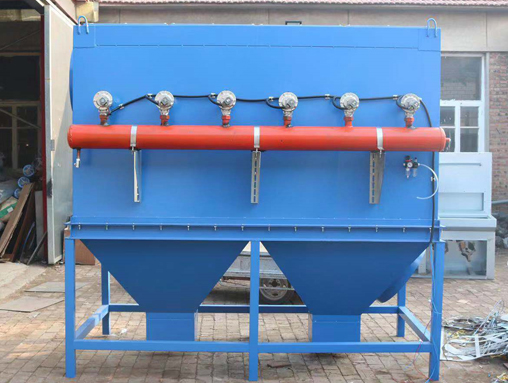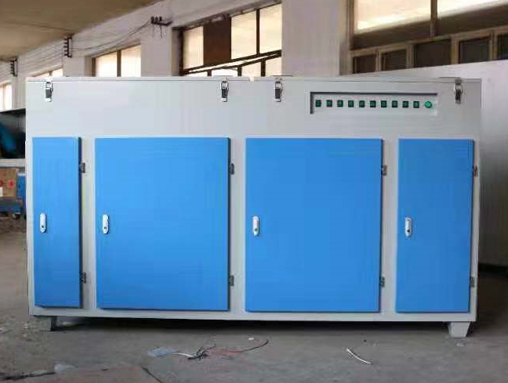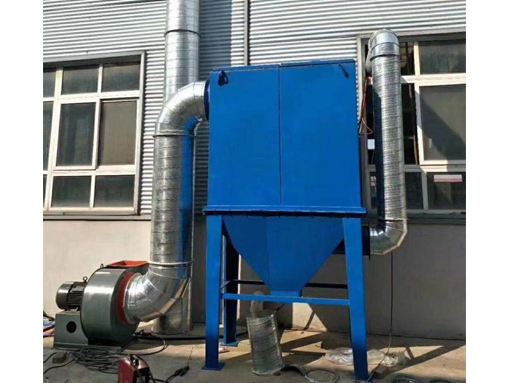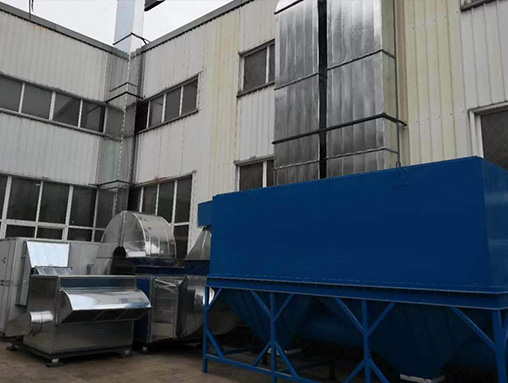Design of Process Plans for Stamping Parts in Various Processes
The design of the stamping process plan should be based on the overall part process plan, determining the processing method for specific processes, determining process parameters in the process, and automotive hardware stamping parts; In the stamping process, the forming is used as the main basis to calculate the process, such as the radius of the bent part, the height of the flange, etc; Determine the shape, size, and appropriate cutting method of the blank, calculate the utilization rate of materials, determine the forming force of the process, determine the time and materials required for the process within the range, and draw the workpieces for each process through relevant calculations.
Mold design
Determination of mold structure form and type
After the process plan of stamping parts is established, the selection of single die, compound die and continuous die shall be determined based on simple operation. The structural form, strength and life requirements of the die shall be coordinated with its type. In composite molds, strength issues are quite common, mainly manifested in situations where punching, flanging, and material dropping are concentrated. If the flanging height is small, the strength requirements cannot be met.
2. Selection of workpiece positioning methods
The design benchmark is related to the positioning benchmark, which should coincide with the former. Otherwise, the tolerance should be reassigned, and the process dimensions are obtained by converting the design dimensions. But this method has high requirements for the machining accuracy of parts. When stamping different molds in multiple processes to produce parts, the consistency of the process benchmark should be ensured. If positioning is required, a selection should be made, such as metal stamping parts; During stamping, the positioning surface should be based on the principle of no deformation or movement. Different shapes of parts can cause corresponding changes in the positioning surface. Flat parts are more suitable for positioning with one or two holes, while shape positioning is more suitable for curved parts. For deep drawn parts, flange positioning should be selected.
3 Production Standards
In the production process of mold working parts, there are standards that should be followed in terms of calculation, positioning, pressing, and fastening. If the wall thickness punch is small and long, and the concave die is thin, it should be checked to determine the size and structure of the concave die, and designed according to the selection of the perimeter mold frame. The closing height, size, and pressure of the mold should be adapted to the relevant equipment, and a sketch of the mold structure should be drawn.
4. Draw the overall assembly diagram of the mold
Use the mold structure sketch as a strong foundation to draw the overall assembly diagram. In the assembly drawing, the relationships between parts should be clear and concise, and relevant sectional and projection drawings should be presented. Draw the workpiece diagram, indicate the relevant requirements, and fill in the part details.
5. Draw mold part drawings
According to the overall assembly drawing, disassemble and draw the mold parts drawing, and mark the materials, tolerances, dimensions, and heat treatment on the parts drawing.
Based on the requirements of punching force, mold closure height and structure, part characteristics, and stamping process characteristics, and taking into account the existing equipment, establish a relationship between equipment selection and mold design work, determine the required quantity of equipment, and select equipment types. If the equipment is not large and the calculation result of the punching force is relatively small, but the mold size is large, a larger equipment can be selected, and the size and structure of the mold should be adapted to the closing height and leakage hole size of the equipment. There are several aspects to consider in the design of the mold. Firstly, to balance the die, the axis of the die handle needs to be activated, and the center of the die pressure should be aligned with the center line of the press slide to prevent unconventional wear; Secondly, for deep drawing molds, it is necessary to calculate the deep drawing work and verify the motor power; Thirdly, in the bending and deep drawing processes, the engineering is relatively large. In order to make it more convenient to remove the workpiece and prevent the blank, it is necessary to check the stroke of the press, which is within a specific range.
Cars have gradually penetrated into daily life and become an important means of transportation in the increasingly developing technological era. The universality of its application cannot be ignored. Although there are gaps between domestic technologies, there is still great room for improvement in automotive manufacturing processes. The manufacturing level of automotive stamping parts can be regarded as the main manufacturing component of automobiles, and the stamping part manufacturing process is related to the development of the automotive industry. Therefore, the improvement of stamping part technology is an important step in the improvement of automotive manufacturing technology. Attention should be paid to stamping processes, stamping part drawings, scheme design, and other aspects to ensure the development of automotive stamping part technology.







